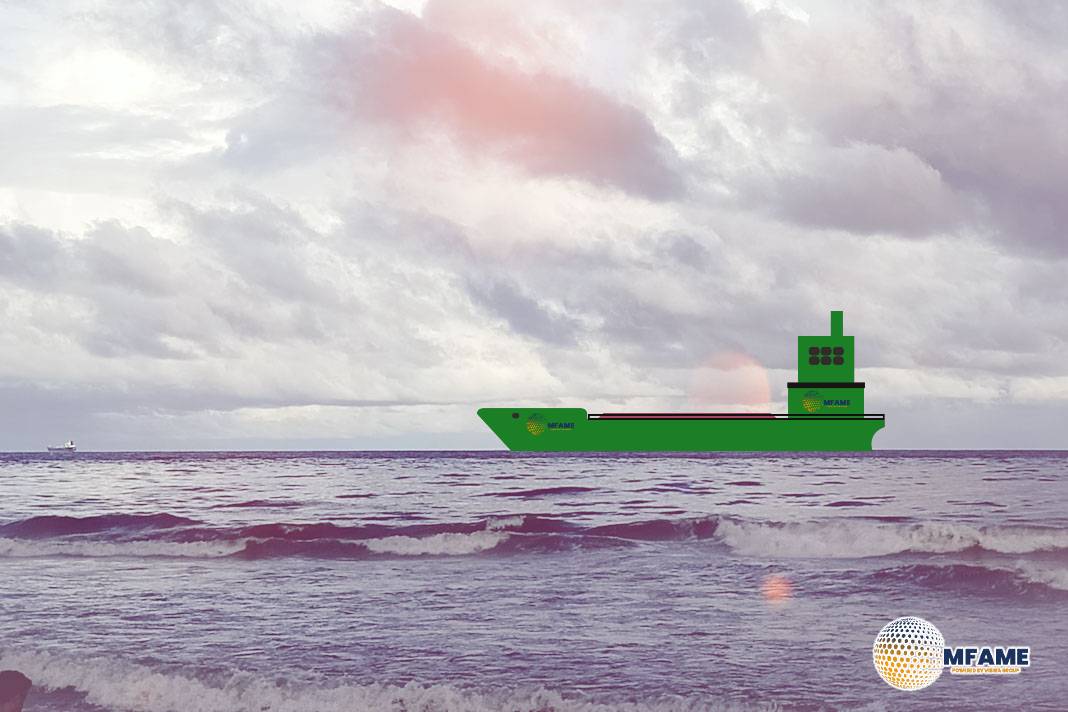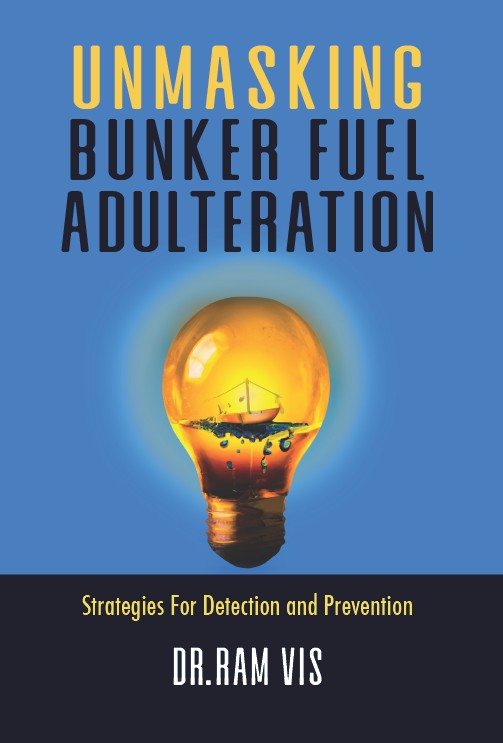- NYK and its partners have signed a memorandum of understanding (MoU) to develop an offshore floating data center powered by 100% renewable energy.
- The MoU, signed by NYK, NTT Facilities, Eurus Energy Holdings, MUFG Bank, and the City of Yokohama, entails a demonstration project of an offshore green data center utilizing a mini-float
NYK Line, NTT FACIITIES, Eurus Energy Holdings Corporation, MUFG Bank, and the city of Yokohama have signed a memorandum of understanding (MoU) for a demonstration project of an offshore green data center, utilizing a mini-float installed as a disaster countermeasure, reads a NYK press release.
Renewable energy-powered offshore floating data center
On a mini-float, spanning 25 meters in length and 80 meters in width, installed off Osanbashi Pier in Yokohama City, the partners will test an offshore floating data center fully powered by renewable energy generated by solar power and battery energy storage systems.
Based on the results, the partners will explore further developments in the waterfront and sea areas of Yokohama port. The demonstration project will involve installing a container-type data center, solar power generation equipment, and battery energy storage systems on a mini-float.
The project aims to operate the data center entirely on renewable energy while assessing the equipment’s salt damage resistance and operational stability in an offshore environment. The demonstration is planned to start in autumn 2025.
“We expect the offshore floating green data center, which operates on 100% renewable energy, will become one of the new standards for future data centers and greatly contribute to the realization of a carbon-neutral society by operating entirely on renewable energy and emitting no greenhouse gases during operation. Through the demonstration, we will work to address various challenges to achieve this vision,” the partners said.
Once realized, offshore floating green data centers will enable efficient utilization of offshore wind power, a promising renewable energy source. The project envisions situating these data centers near offshore wind farms to maximize the use of generated electricity without relying on or being limited by onshore power grids.
Additionally, the approach is expected to address various challenges associated with onshore data center construction, such as land availability, shortages of construction contractors, and extended construction lead times.
By utilizing renewable energy, leveraging Japan’s vast maritime domain, and enhancing port functions necessary for constructing and maintaining offshore facilities, the project aims to contribute to both environmental preservation and the growth of digital infrastructure.
Did you subscribe to our daily Newsletter?
It’s Free Click here to Subscribe!
Source: NYK Line
















